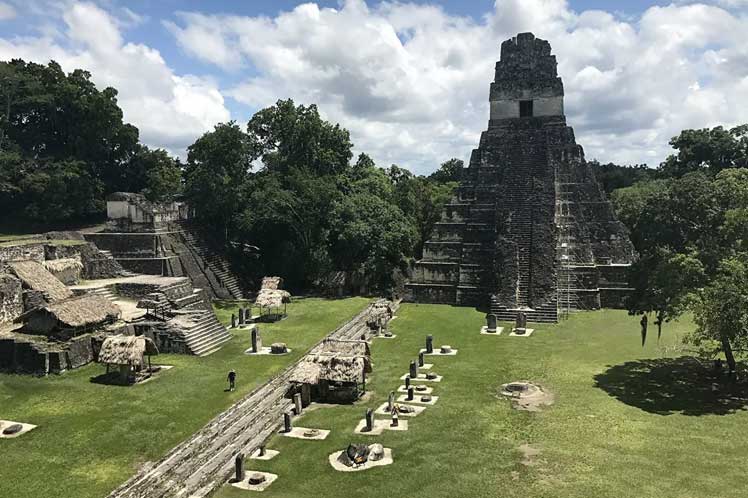According to the article, the fecal stanol analysis from the lake sediment confirmed that the Maya population in the Itzan area declined due to drought at three different periods: between 90 to 280 AD, 730 to 900 AD and during 1350 to 950 BC.
Researchers also found that the population declined during a very wet period between 400 and 210 BC, something previously not very well studied.
On the other hand, the evidence from the fecal stanol analysis suggested that humans were present on the Itzan escarpment around 650 years before the archeological evidence confirms it, the study states.
Researchers were able to determine the ebb and flow of the Maya population by studying stanols, or organic molecules found in human and animal fecal matter, taken from samples at the bottom of a nearby lake.
By measuring the stanols, researchers were able to estimate changes in population size and examine how it aligns with information about climate variability and changes in vegetation taken from biological and archeological sources.
‘This research should help archeologists by providing a new tool to look at changes that might not be seen in the archaeological evidence, because the evidence may never have existed or may have since been lost or destroyed,’ said study author Benjamin Keenan in the release.
pgh/Pll/msm / ghp










